Urbanization Trends
The rapid pace of urbanization is significantly influencing the Electric Tuk Market. As more people migrate to urban areas, the demand for efficient and cost-effective transportation solutions is increasing. Electric tuk tuks offer a viable alternative to traditional vehicles, particularly in congested city environments. They are not only more maneuverable but also contribute to reduced traffic congestion and lower operational costs. Recent statistics indicate that urban areas are expected to account for over 70% of the global population by 2050, further driving the need for sustainable transport solutions. Consequently, the Electric Tuk Market is likely to expand as cities seek to modernize their public transport systems and reduce their carbon footprints.
Technological Innovations
Technological advancements play a crucial role in shaping the Electric Tuk Market. Innovations in battery technology, such as improved energy density and faster charging capabilities, are enhancing the performance and appeal of electric tuk tuks. The integration of smart technologies, including GPS navigation and telematics, is also becoming more prevalent. These features not only improve operational efficiency but also enhance the user experience. According to recent data, the electric vehicle segment is expected to witness a compound annual growth rate of over 20% in the coming years, driven by these technological improvements. As manufacturers continue to invest in research and development, the Electric Tuk Market is poised for substantial growth, attracting both consumers and investors alike.
Sustainability Initiatives
The Electric Tuk Market is experiencing a surge in demand due to increasing sustainability initiatives across various regions. Governments and municipalities are actively promoting electric vehicles as part of their environmental policies. This shift is driven by the need to reduce carbon emissions and improve air quality in urban areas. For instance, several countries have set ambitious targets for electric vehicle adoption, which includes electric tuks. The market is projected to grow as more cities implement incentives for electric vehicle use, such as tax breaks and subsidies. This trend not only supports environmental goals but also aligns with consumer preferences for greener transportation options. As a result, the Electric Tuk Market is likely to see a significant increase in adoption rates, contributing to a more sustainable urban transport ecosystem.
Changing Consumer Preferences
Changing consumer preferences are driving the evolution of the Electric Tuk Market. There is a noticeable shift towards eco-friendly transportation options, with consumers increasingly prioritizing sustainability in their purchasing decisions. This trend is particularly evident among younger demographics, who are more inclined to choose electric vehicles over traditional ones. Market Research Future indicates that a significant portion of consumers is willing to pay a premium for electric vehicles that align with their values. This shift in consumer behavior is prompting manufacturers to innovate and diversify their electric tuk tuk offerings. As a result, the Electric Tuk Market is likely to see a rise in demand, as companies adapt to meet the expectations of environmentally conscious consumers.
Government Regulations and Incentives
Government regulations and incentives are pivotal in shaping the Electric Tuk Market. Many governments are implementing stringent emissions regulations that favor electric vehicles over fossil fuel-powered alternatives. These regulations are often accompanied by financial incentives, such as grants and subsidies, aimed at encouraging the adoption of electric tuk tuks. For example, some regions offer reduced registration fees and tax exemptions for electric vehicle owners. This supportive regulatory environment is expected to stimulate market growth, as manufacturers and consumers alike respond positively to these initiatives. As a result, the Electric Tuk Market is likely to benefit from increased investment and consumer interest, fostering a more robust market landscape.


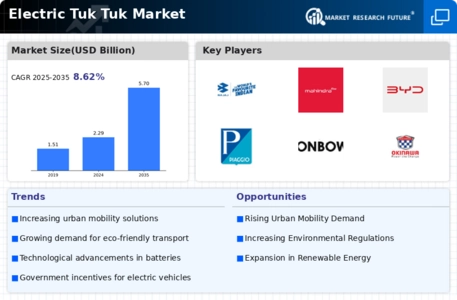
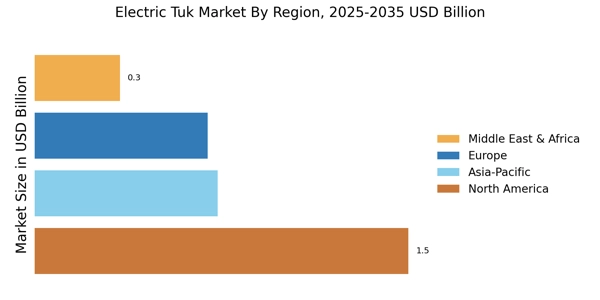

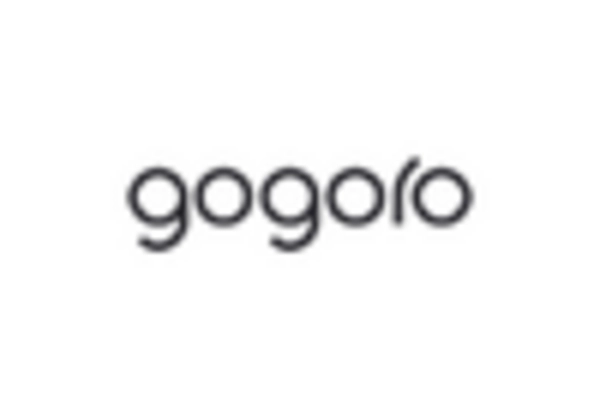

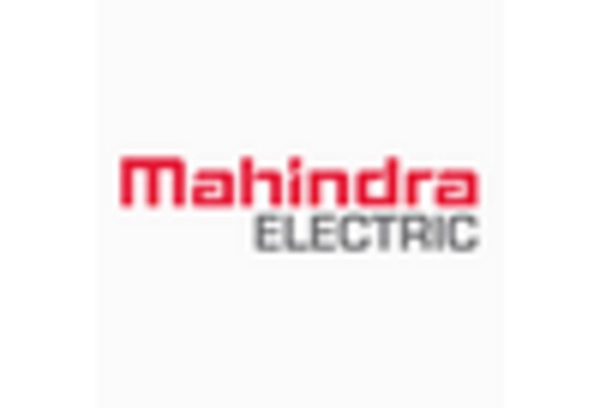
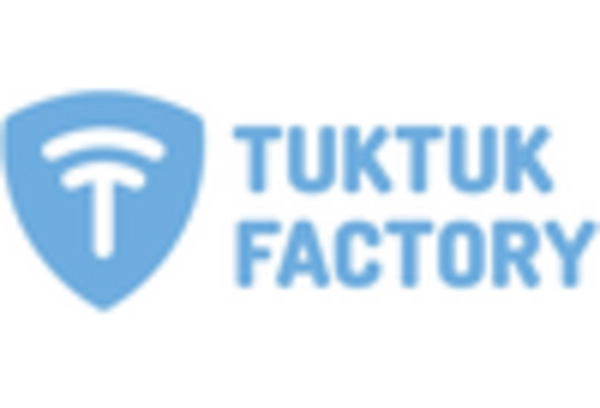
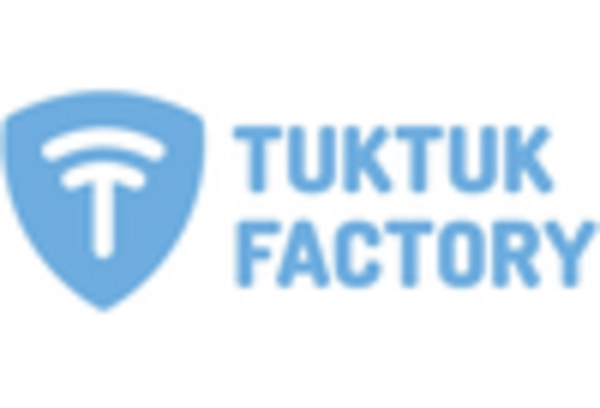









Leave a Comment